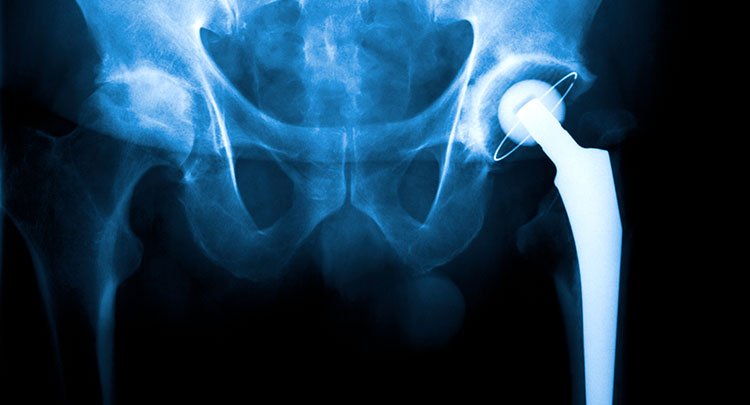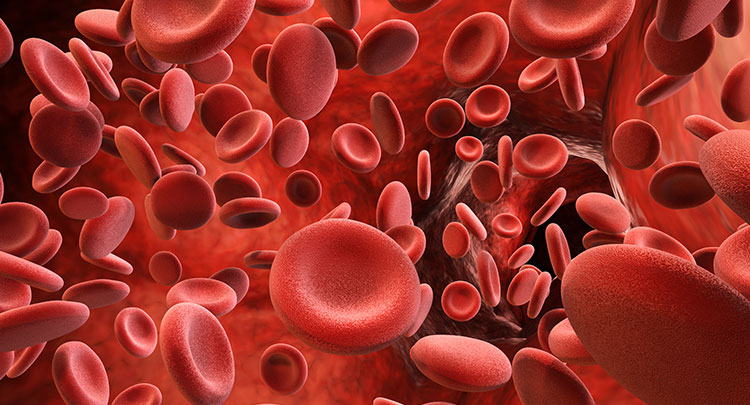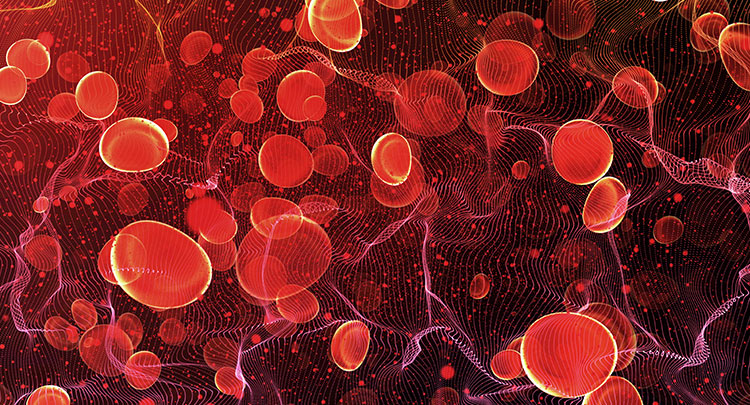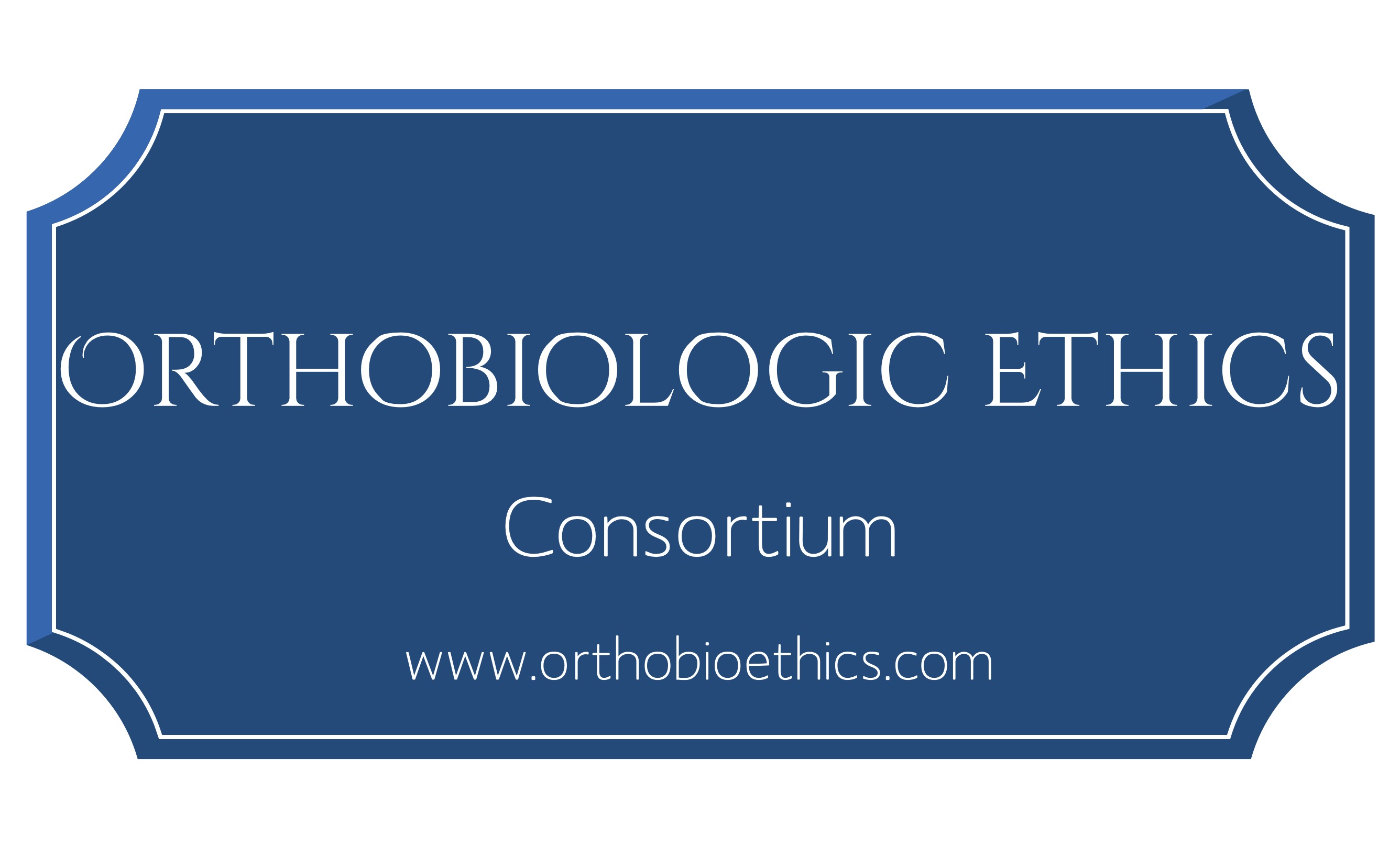
Ankle issues come about for a wide range of reasons. The ankle joint is the location in the body where the tibia and fibula bones of the lower leg meet the talus bone of the foot. This joint is surrounded by a number of different ligaments and tendons that provide stability and assist with ankle motion.
The ankles have to deal with lots of different forces as they are used every time you take a step. Ankle injuries can be difficult and slow to heal for that reason. However, platelet-rich plasma (PRP) therapy, which is a regenerative medicine technique used here at Paragon Sports Medicine, can help to jump start the healing process and lead to a healed tissue that is stronger and more functional than it would be otherwise.
What is Platelet Rich Plasma?
Dr. Garten puts it in simple terms: “platelet rich plasma is an autologous sample of blood, meaning that it is taken from the same person that it will be used for, in which the concentration of platelets is five time greater than that of a normal sample.”
To derive PRP, a small vial of blood will be drawn. Then, this sample will be placed in a centrifuge in order to separate the various components from one another, more specifically the whole red blood cells from the platelets.
The platelets, also known as white blood cells, contain a number of different growth factors, including ILGF-1, ILGF-2, TGF-b, hepatocyte growth factor, and more. All of these growth factors play a role tissue healing, and they can affect a wide range of different tissue types, including connective tissue, tendons, muscles, ligaments, and soft tissue.
Platelets work by targeting and aiding specific cells that are needed for new tissue formation. Growth factors bind to the membranes of cells like chondroblasts, fibroblasts, osteoblasts, mesenchymal stem cells, epidermal cells, and endothelial cells. All of these cells are tissue-creating, and they are responsible for producing new cartilage, bone, fibers, skin, and more.
When growth factors bind the membranes of these cells, the cells respond by becoming more active, helping to accelerate tissue rebuilding. Some PRP injections can also include an activating agent, such as thrombin or calcium chloride, which can jumpstart platelet activation, leading to a faster release of growth factors.
What Ankle Injuries can Occur and How Does Platelet Rich Plasma Help?
Ankle injuries can come in a variety of different ways, and this body part can become damaged by being overworked, rolled from walking on an uneven surface, impacted during an accident, landed on awkwardly, and more. Ankle injuries can be very painful and make it difficult to move around efficiently and without pain.
Soft Tissue Injuries
Soft tissues are those that provide support for the body or connect structures of the body. These can include fascia, fibrous tissues, ligaments, tendons, and muscles, to name a few. Many of the most common ankle injuries affect the tendons and ligaments of the ankle.
Studies have shown that PRP therapy can improve tissue healing, leading to better tissue stiffness, strength, and endurance. PRP has also been shown to help individuals return to original activities more quickly, and it may be able to help patients avoid surgical procedures in some scenarios.
Chronic Sprains
Ankle sprains are one of the most common ankle injuries, and they can occur when the ankle rolls or twists. Sprains can cause a range of symptoms based on severity, but they can include swelling, pain, and tenderness. Chronic sprains, which are those that are present for long periods of time, can cause symptoms such as pain, edema, and ankle instability.
These injuries occur because the three main ligaments around the ankle can become over stretched. Plasma therapy can provide a low-risk treatment option that can decrease inflammation to reduce tenderness and pain and can help heal the tissue quickly.
Plantar Fasciitis
On the bottom of the foot, there is a thick band of tissue, called fascia, which connects the heel to the toes. Plantar fasciitis occurs when this fascia begins to break down. This triggers a body response, causing inflammation, which can be very painful, especially in the heel area.
One study looked at 40 individuals with chronic plantar fasciitis. Half of them were given a glucocorticoid, anti-inflammatory injection as a control, and the other half was given a PRP injection. Baseline scores on a test measuring pain, functionality, and alignment were around 40 on average. After three months, the control group’s score rose to 81, but fell to 74 at six months and 58 at 12 months. The PRP group showed increased improvement, rising to 95 at three months and staying at 94 at six and 12 months.
Tendon Tears
Tendon damage often occurs to the peroneal tendons or the Achilles tendon. Tendon tears are often repaired by surgery, but these procedures can lead to scar tissue formation and a weaker, less functional repaired tissue.
Research has shown PRP injections can increase total tendon strength, rigidity, and overall endurance, and these results can be seen early on in the healing process. PRP can also increase ankle range of motion and reduce recovery time compared to surgical options.
At Paragon Sports Medicine, we specialize in treating sports injuries, including ankle injuries, by promoting healing from within with the help from platelet-rich plasma. It is the most non-invasive option that has shown great promise and has a fast recovery time. For any questions on how we can help you get back to your active lifestyle, call our office at 470-270-8978.
https://www.podiatrytoday.com/key-insights-platelet-rich-plasma-soft-tissue-repair






